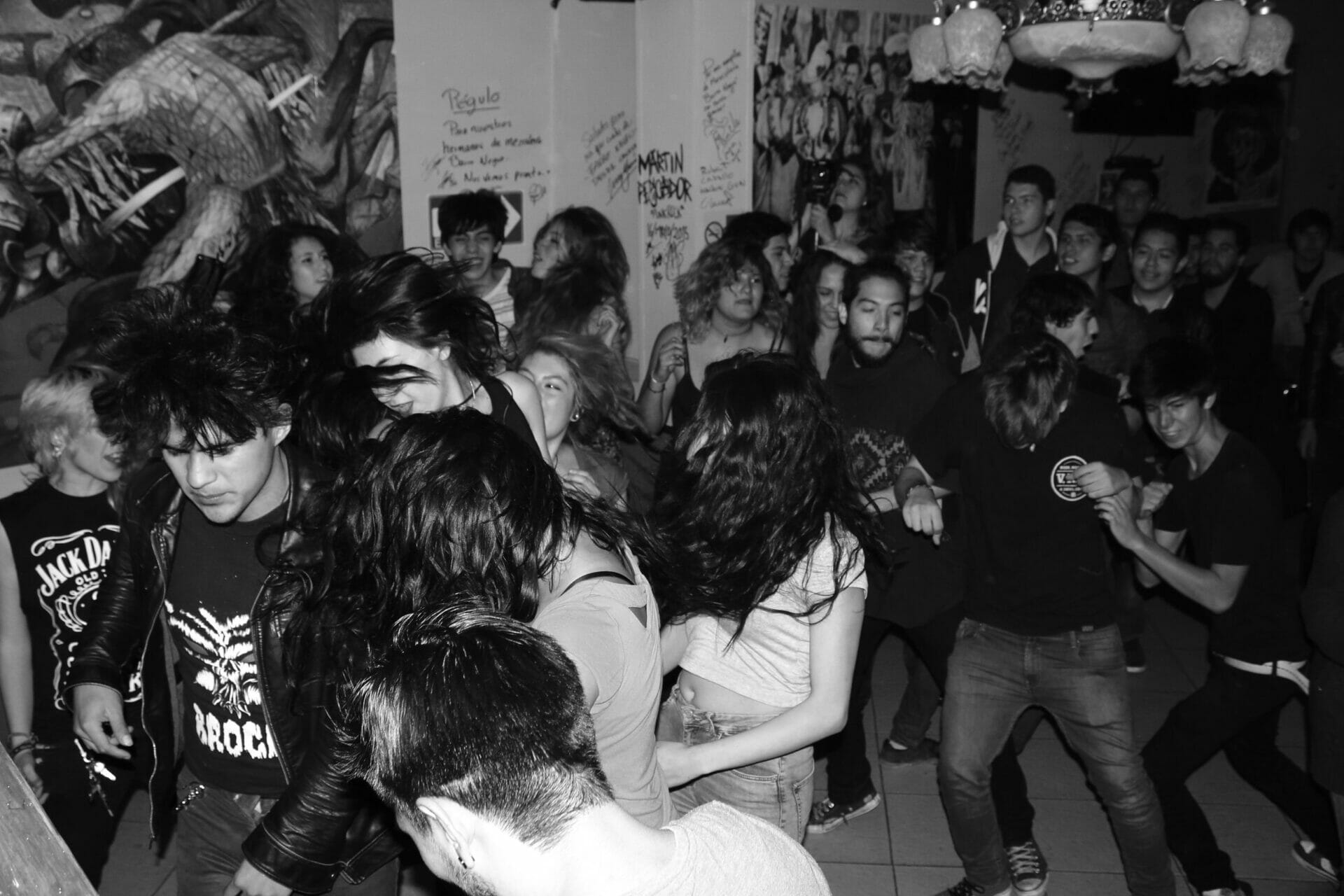
Vita, Morte e Miracoli di Bonfiglio Liborio
Author
Year
Format
Anyone who has ever lived in a small town knows this: there is always a madman somewhere, someone who can be mocked, patronized, or sometimes even loved at a distance. The madman is a loner, one who sleeps with loneliness. People usually see him talking to himself while wandering tirelessly around the city. A madman like Bonfiglio Liborio.
The lonely story of Bonfiglio Liborio
In Remo Rapino’s novel, Vita, Morte e Miracoli di Bonfiglio Liborio, the 2020 Premio Campiello winner, it is Liborio Bonfiglio, the village madman. He’s the cocciamatte (crazy head) who is the narrator of the whole story. It is also the story of the XIX century, or the “short Century,” as Eric Hobsbawm called it. Liborio was born in 1926 and died in 2010, the same year of birth and death of Rapino’s father. He grows up with his mother and grandfather until they both die. The first because of illness, the latter due to an accident on a construction site.
Left alone, Liborio, who loved studying but could only attend elementary school, will be destined to change jobs several times, always humble, always tiring. The novel starts in a small town in the south of Italy. After having served in the military and lost the only woman he ever loved, Liborio will leave his little town to seek his fortune in Milan. There, he will be a worker, a communist, a madman in a madhouse until his comeback to the South, lonely and defeated by life.
Liborio’s life is a tough one, the life of an outcast. Several times he gets close to entering society, but then something always happens which pushes him back. He walks on the edges of history, but at the same time – thanks to his language and his naive but strongly expressive voice – he is deeply immersed in it.
Liborio’s voice
Rapino creates an expressive linguistic code made up of slang and invented words. He makes feelings fluid and moving, with images as vivid as photographs. Liborio’s way of talking is like a way of standing – it encodes how the protagonists face the world, heartily. Liborio thinks and writes as he speaks. He is both a man and a voice walking the world and struggling, like the protagonists of Il Quarto Stato, the famous painting of Pellizza da Volpedo.
Novels are made up of voices. There are no truths, Rapino says in an interview, only events that breathe inside these voices. The story of every battle, especially the lost ones, is worth telling, and worth listening to.
For Liborio, life is water, and man is dust and flesh, a mixture of joys and sorrows and noises. “Every story of a man, crazy or normal, is a mixture of the same things.” Vita, Morte e Miracoli di Bonfiglio Liborio says, “a cascade of tears, a few smiles, five over-the-top joys and a pain as big as when the lights go out in the movies.”
Tag
Buy a ☕ for Hypercritic









